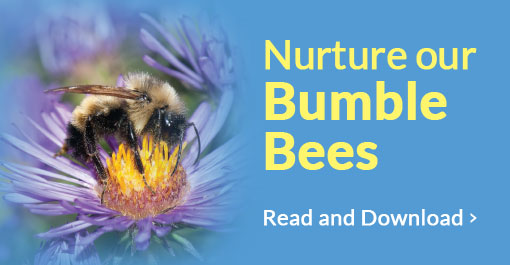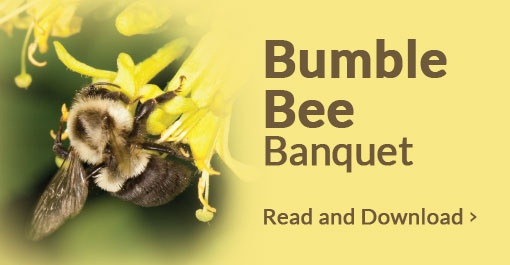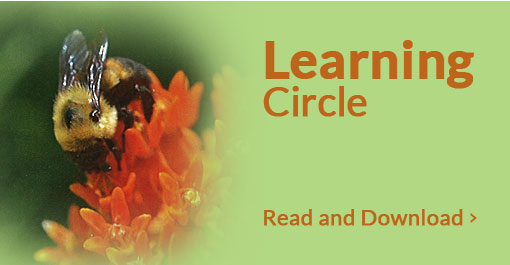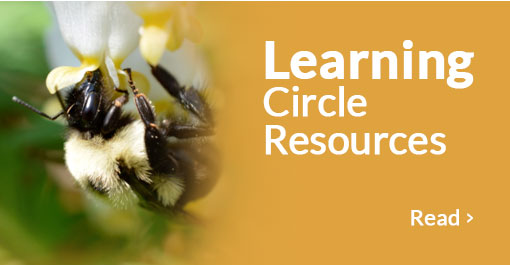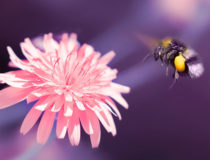
Home Landscapes can help native bee populations
Interview with Heather Holm acclaimed author of “Bees: An Identification and Native Plant Forage Guide” – Blog post gardeninacity, October 2018 Why should native bee conservation be an urgent concern for gardeners? With the significant […read more]

Beneficial Insects with Stingers, a Little Guidance
Edith Path a famous entomologist (with Minnesota roots) observed nearly a hundred years ago: “someday the agriculture bureaus will be more concerned with the conservation and preservation of beneficial insect life than they are now […read more]
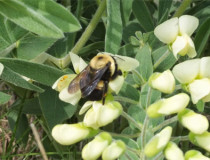
2014 Nurturing Pollinators
A prairie management priority! The vitality of our prairie pollinators can be a force multiplier to strengthen our prairie preserves and adjacent agriculture fields. A recent study by Emory University researcher Berry Brosi and UCal […read more]
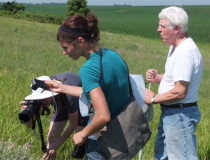
Nurturing Prairie Pollinators
Can we “make a difference” in the challenge of fewer plant pollinators? Like many prairie landowners we believe that pollinators are a key to the health and vigor of our prairie landscape. While many plants […read more]
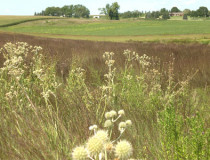
Propagating Remnant Populations of Rattlesnake Master
Could a poet be enraptured with a wild flower called Rattlesnake Master? Could a story teller be interested in the “rescue” of these novel shaped remnants from era of expansive Minnesota prairies? This plant’s name […read more]
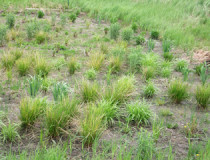
Why Create a Prairie Pond?
We created a pond to enhance plant and animal diversity on our prairie. There is a 28 acre restored grassland and prairie remnant on the Nelson Family Farm in central Dakota County, MN. This land […read more]

Prairie Resources
Historically huge and expansive, currently diminished, fragmented and threatened Original Extent (pre European contact ) An area of about 17.5 million acres of prairie and 5.2 million acres of mixed savannas extended from the northwestern […read more]
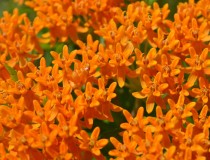
Prairie Power
Huge economic benefits but little market value Prairies provide society with many services which deliver huge economic benefits but unfortunately have little or no market values. It is equally clear that technological fixes for “lost […read more]
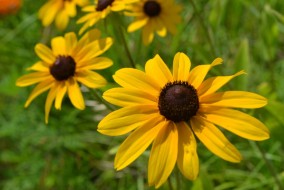
Prairie Pathways
Discerning the path to sustainability This is a path finding effort to focus attention on some of the best knowledge on how native grass agriculture contribute significantly to solving pressing national issues of overdependence on […read more]
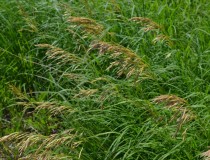
Top 10 Tallgrass Prairie Facts
Jeff Nielsen of BWSR sends in the following facts on tallgrass prairie, compiled by Minnesota DNR: Native tallgrass is the MOST ENDANGERED ecosystem in North America and the foundation of PERENNIAL POLYCULTURE. – Kansas University […read more]




